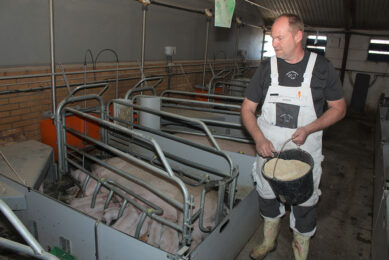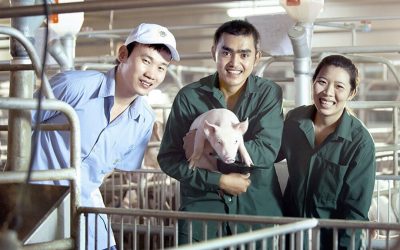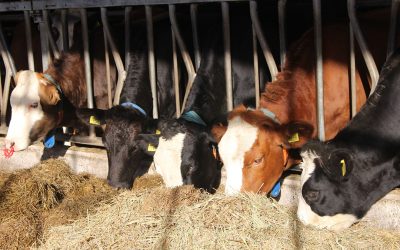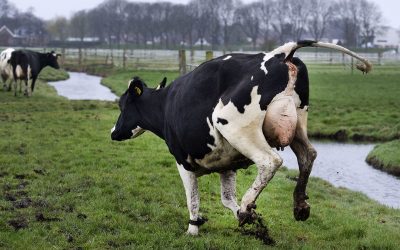Denmark in the lead for GHG reduction

The Danish agricultural sector already produces food with one of the lowest climate footprints. Is it possible to significantly reduce agricultural climate gas emissions further?
On the website of the Danish centre for food and agriculture, expert on climate and agriculture Professor Jørgen E. Olesen of the Department of Agroecology at Aarhus University says that it is not impossible. The 3 greenhouse (climate) gasses (GHG) in question are carbon dioxide (CO2), methane and nitrous oxide.
Possibilities for further reduction of greenhouse gasses
Possibilities to do so include increasing soil carbon stocks or purchasing additional CO2 although these solutions have their limits. Oleson says reducing methane and nitrous oxide emissions will have the biggest effect and solutions to reduce these 2 greenhouse gasses have to be further explored.
Reducing methane through cattle feed
Methane can be reduced by adding kelp, oregano or nitrate to cattle feed. In connection with reduced methane emissions from manure stores, slurry can be acidified or used for biogas.
To reduce nitrous oxide, Olesen sees opportunities in using nitrification inhibitors, but this needs to be studied further. He also addresses that we need research on national estimates for nitrous oxide emissions from various types of fertilisers and different soil types.
Working together for further reduction
Head of Department, Erik Steen Kristensen, Department of Agroecology at Aarhus University emphasis that reducing climate footprints is a team effort. “Denmark produces food with the one of the world’s lowest. However, we need further reductions and we should cooperate with other EU countries to achieve this. Thus, Europe as a whole will be able to reduce climate gas emissions. Therefore, we must focus on European research cooperation in order to solve these problems.”
[Source: DCA]











